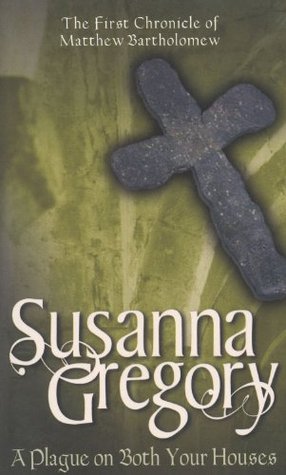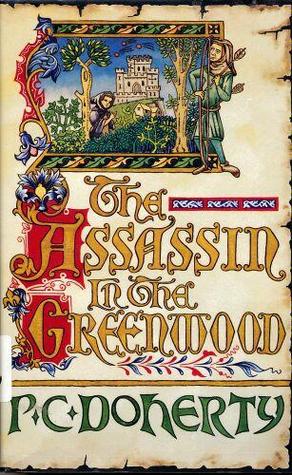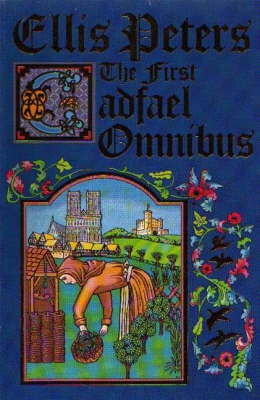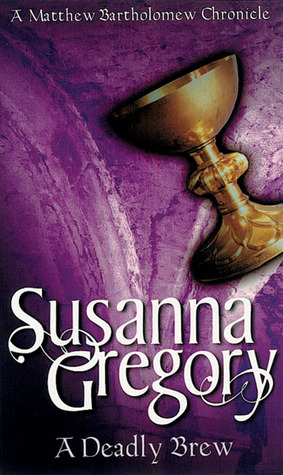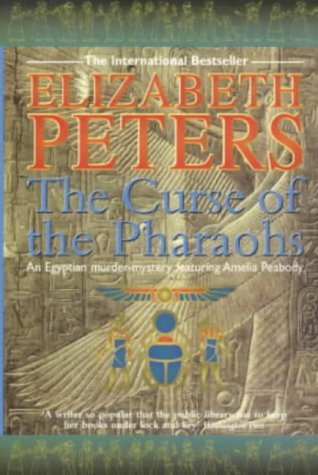
Review of The Curse of the Pharaohs, a late Victorian murder mystery set around an archaeological dig in Egypt, by Elizabeth Peters.

This post may contain affiliate links, which means I may receive a commission, at no extra cost to you, if you make a purchase through a link. Please see our full disclosure for further information.
Synopsis
Victorian wife and mother, Amelia Peabody, accompanies her husband (Emerson) to Luxor to complete the excavation of a tomb recently discovered by Sir Henry Baskerville. Sir Henry died shortly after the discovery; his death is being blamed on a curse that was placed over the tomb to protect it.
When multiple further incidents occur, Emerson and Peabody have trouble keeping their men at work. As different people are attacked and information comes to light, Amelia suspects various people among the group. Unfortunately, her attempts at uncovering the murderer aren’t initially successful and more people are injured.
Review
I love this lady’s narrative style. It’s so witty and humorous. Nearly every sentence is worth sharing, especially Amelia’s spars with her husband. Amelia has the driest sense of humour. Her deadpan narration was really funny and was my favourite thing about The Curse of the Pharaohs.
Amelia and Emerson are such a great couple. Their relationship is so endearing. They work well together, tease each other without hurting any feelings, and trust each other explicitly. I loved how their love is still evident while they yell at each other.
“But if it should prove that after all Armadale was already dead when the latest attack took place… No, that would really not surprise me; the alternative theory I had formulated –”
“Curse it, Amelia, have you the infernal gall to pretend…” Emerson cut the comment short. After a few moments of heavy breathing he bared his teeth at me. The expression was evidently meant to be a smile, for when he continued his voice was sickeningly sweet. “I will say no more; I don’t want Ali Hassan to think we are at odds with one another.”
“These Arabs do not understand Western means of expressing affection,” I agreed, somewhat absently.
Amelia is a fantastic woman, but I don’t think I would like her if I met her in real life. She’s bossy, opinionated, and always believes that she is right. However, she’s also caring and a much more loving wife and mother than she lets on. She may appear feisty and strong-willed, but she just needs more mental stimulation than provided by the Victorian woman’s role.
Other than Amelia and Emerson, the characters were weird. Amongst others, there is:
- a German suck-up who cannot stop talking once he starts,
- a stereotypical Irish journalist with a cheesy accent,
- and an obese woman who is convinced she and Emerson were lovers in a past life.
Though vividly written, these characters are generally unlikeable. This makes it easier to believe any of them is a potential murderer. It would have been nice if there were a few ordinary people to water down the fruitcakes. But they did keep things entertaining.
The mystery was a bit weak. Despite Amelia constantly saying she knows who the murderer is, she often settles on the wrong person, and we (the readers) don’t get many clues. There are many red herrings and a grand reveal (like an Agatha Christie mystery), but the murderer’s motive wasn’t convincing.
I would have liked it if there was a bit more plot development. The plot seems to almost vanish under the characters and other comedies. I enjoyed the humour and the references to Egyptian lore and archaeology, but they completely overwhelmed the plot.
Conclusion
Have you read The Curse of the Pharaohs? What did you think? Do you agree with what I’ve said about it? Let me know in the comments.
